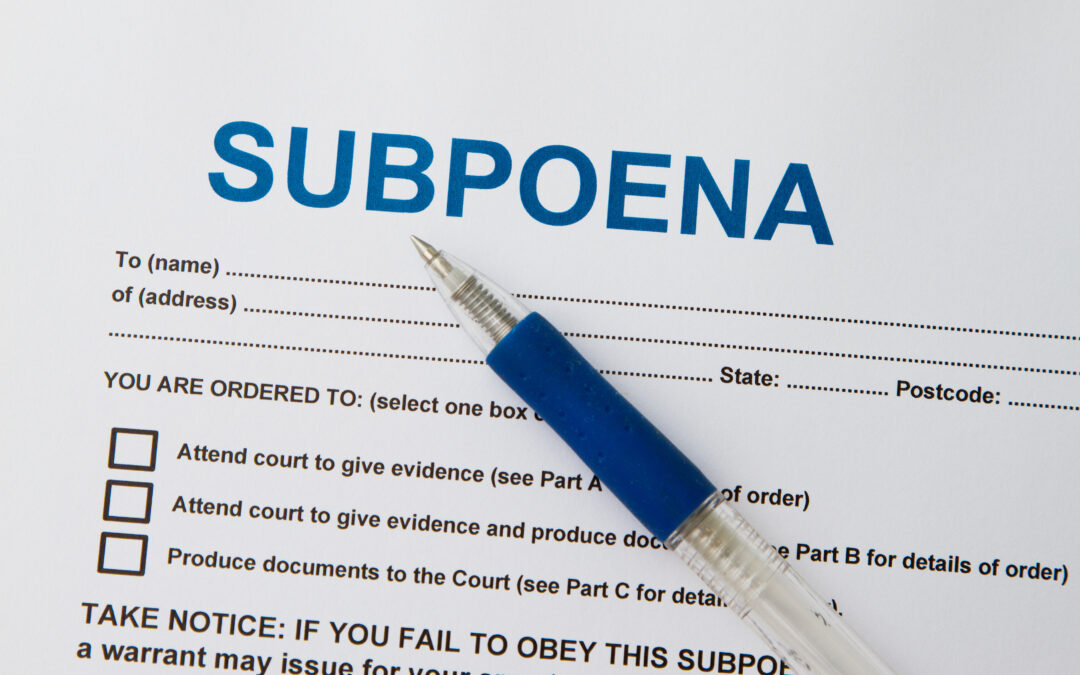As of now, the US Department of Labor (DOL) has still not implemented regulations regarding the Families First Coronavirus Response Act (“FFCRA”). However, the DOL has issued a Q&A, a sample notice, and a Field Assistance Bulletin. The DOL’s Q&A provides additional information, although many questions remain unanswered and the regulations implementing these laws are expected in the near future. Below is a quick summary of what we know so far:
Effective Date is April 1, 2020
Importantly, the Q&A guidance sets the effective date of the new law as April 1, 2020, expiring December 31, 2020.
How do I determine the number of employees?
The law applies to employers with 499 or fewer employees, counting (i) full-time and part-time employees; (ii) employees on leave; (iii) temporary employees who are jointly employed by you and another employer; and (iv) day laborers supplied by a temporary agency (regardless of whether you are the temporary agency or the client firm if there is a continuing employment relationship). Independent contractors do not count toward the total number of employees.
To elect this small business exemption, you should document why your business with fewer than 50 employees meets the criteria that will be detailed in regulations issued by the DOL in the near future. As of now, it appears that sending documentation or an application to the DOL for the exemption will not be required, but more information as to how to make the election is expected in the regulations.
Unfortunately, the DOL Q&A did not offer guidance on how to exempt healthcare provider employees from the FFCRA. However, you should expect to be required to document how the healthcare provider employee meets the criteria for exemption that will be detailed in the regulations expected from the DOL in the near future.
A. If taking paid sick leave because the employee is unable to work or telework due to one of these three reasons:
(1) the employee is subject to a Federal, State, or local quarantine or isolation order related to COVID-19;
(3) the employee is experiencing symptoms of COVID-19 and is seeking medical diagnosis, then, the employee is entitled to compensation at a rate which is the greater of:
- Employee’s full regular rate of pay,
- the full federal minimum wage in effect under the FLSA, or
- the full applicable State or local minimum wage.
Under any of these circumstances, the maximum compensation amount is $511 per day, or $5,110 total over the entire two-week paid sick leave period.
B. If taking paid sick leave because the employee is unable to work or telework due to one of these three reasons:
(1) the employee is caring for an individual who is subject to a Federal, State, or local quarantine or isolation order related to COVID-19 or an individual who has been advised by a health care provider to self-quarantine due to concerns related to COVID-19;
(2) the employee is caring for a child whose school or place of care is closed, or child care provider is unavailable, due to COVID-19 related reasons; or
(3) the employee is experiencing any other substantially-similar condition that may arise, as specified by the Secretary of Health and Human Services, then, the employee is entitled for compensation at 2/3 of the greater of the amounts above.
Under any of these circumstances, the amount of compensation is capped at $200 per day, or $2,000 over the entire two week period.
There is only one reason for an employee to be eligible for expanded FMLA leave: the employee is on leave to care for the employee’s child whose school or place of care is closed, or whose child care provider is unavailable, due to COVID-19 related reasons.
The first 10 days of the expanded FMLA leave period is unpaid, but the employee may substitute any accrued vacation leave, personal leave, or medical or sick leave (including the FFCRA Paid Sick Leave).
For the following 10 weeks, the leave is paid, at an amount no less than 2/3 of the employee’s regular rate of pay for the hours the employee would be normally scheduled to work. The regular rate of pay used to calculate this amount must be at or above the federal minimum wage, or the applicable state or local minimum wage. However, this compensation is capped at $200 per day or $10,000 for the 10 week period.
For purposes of the FFCRA, the “regular rate of pay” used to calculate paid leave is the average of the employee’s regular rate over a period of up to six months prior to the date on which the employee takes leave. If an employee has not worked for you for six months, the regular rate is the average of the employee’s regular rate of pay for each week the employee has worked for you.
Commissions, tips, and piece rates will be incorporated into the above calculation.
You can also compute this amount for each employee by adding all compensation that is part of the regular rate over the above period and divide that sum by all hours actually worked in the same period.
No.
No, the FFCRA requirements apply only to current employees.


